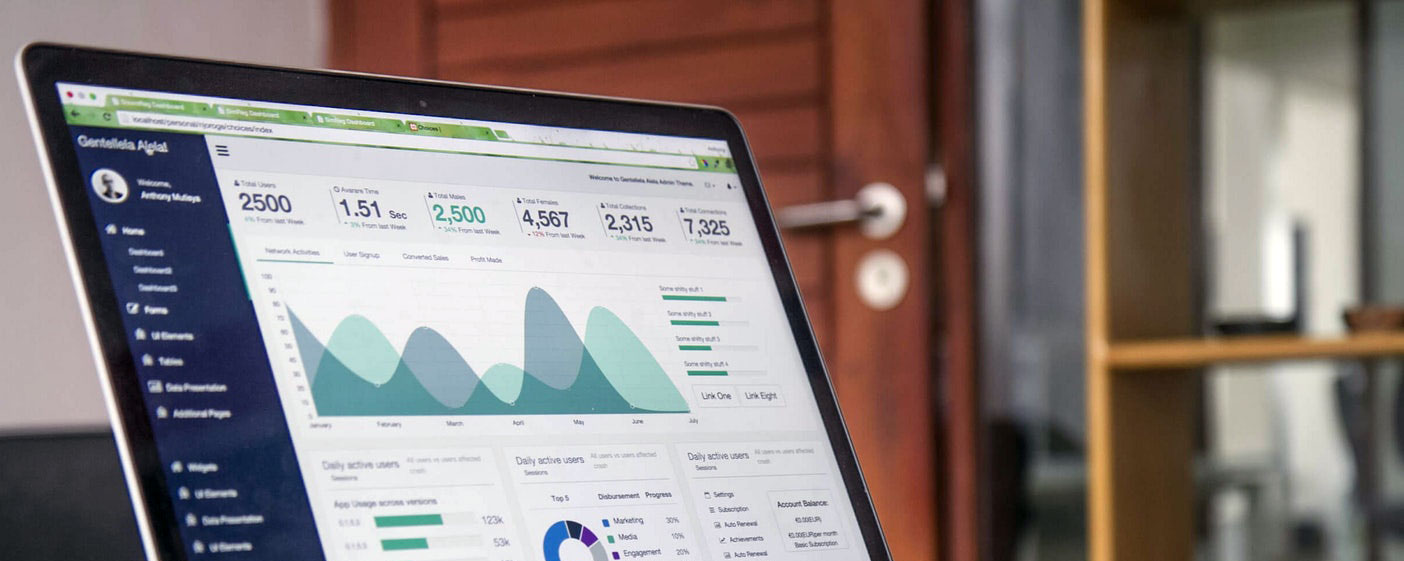5 Ways to Help Kids be More Socially Flexible

Teaching strategies and the use of positive reinforcement to increase social and cognitive flexibility for children with rigid behavior patterns.
Do you interact with children who show any of these behaviors?
- Narrow interests
- Specific Routines that need to be followed
- Difficulty losing
- A strong need to always be in control
Rigid behavior patterns can provide a sense of predictability and security for some children. They can create a structured environment that helps them feel safe and in control. For children who thrive on routine and consistency, rigid behavior patterns can be soothing as they know what to expect and can navigate their world with less anxiety.
However, the very nature of social interaction is unpredictable. When a child has great difficulty being flexible, it can significantly hinder their ability to engage with and bond with their peers.
Let's face it, kids don't want to play with those who always have to have "their own way" and reputations develop quickly! It's our job to help these kids develop the skills that allow them to be more open to play different things, in new ways, with a variety of peers.
Cognitive flexibility is an executive function that enables us to change our behavior in response to changing circumstances and/or new information. When we switch between different tasks, or are able to "see" other perspectives, we are using cognitive flexibility. This helps us problem solve because we have the ability to see things from multiple angles.
Similarly, Social flexibility is when a child can adapt their social behavior in response to and successfully navigate different situations and people. Socialization involves new environments, interacting with unfamiliar people, and responding to unexpected changes.
A lack of social flexibility can lead to social isolation and difficulties in forming and maintaining meaningful relationships. Feelings of loneliness and social isolation have been associated with an increased risk of depression. Rigid behavior patterns can also restrict a child's capacity to generate alternative solutions or consider different approaches to social challenges. This limits their ability resolve conflicts and build resilience.
5 Ways to Teach Kids to be less Rigid and more Socially Flexible
1. Modeling
Children learn by observing others, so it is essential to model flexible social behaviors yourself. Demonstrate how to adapt to different social situations, handle changes, and respond appropriately to others. Resist the urge to be fake happy all the time about change. Sometimes you are annoyed about it and it's good for kids to see you express your annoyance but still handle that change. Do not just wait for situations to arise to model being flexible. Create opportunities!
2. Visual Supports
To the extent needed, visual supports, such as visual schedules, can help children anticipate and prepare for upcoming events. Think about how anxious you would be if you didn't know what was going to happen during your day and had to adjust yourself to each new activity in real time. Don't be afraid to change the order of these activities and/or let your student have input on this. Shared control is a great step towards flexibility.

3. Deliberate Practice
Provide structured practice opportunities for children to apply and generalize social flexibility skills. Set up controlled social situations, such as role plays, activities that target handling unfair situations, and games, where children can practice adapting their behaviors and responses to different social cues and interactions. Gradually increase the complexity or unpredictability of the structured social practice to help them become more comfortable and flexible in real-life social settings. I love playing the "No Fair" Game in my Social Skills groups because it helps kids be more comfortable with unjust situations that they may encounter in their day to day lives.
4. Practice Problem-Solving
Set up activities to teach kids to consider others' perspectives, negotiate conflicts, and find mutually

beneficial solutions. The activity Speak Up or Let it Go? is an easy way to get kids talking about how they would handle certain situations and hear what their peers think. This is an activity in which students are given typical social scenarios and then are asked if they think it's something they would speak up and say something about or if it doesn't warrant their intervention. This is an awesome discussion starter for your Social Skills Group! You will likely find a good deal of variance in opinions among your students. Let them talk it out. This is the peer feedback that causes them to self-reflect and think critically about their thoughts and behavior. Similarly, Think it, Say it, or Rephrase it, ecnourages kids to think about if and when they should use a social filter and teaches them to not stifle their thoughts, but challenges them to say it in a way that is true to them but also respectful to others.

Remember, every child is unique, so tailor these strategies to individual needs and abilities. Always make sure that the child feels safe and supported. Reinforce progressive steps of increasing flexibility and celebrate effort being made. Flexibility and finding the right balance between structure and spontaneity is key in supporting children's overall well-being and promoting their development.
_______________________________________________
Related Articles:
How Executive Functioning Impacts Social Skills
Four Drama Games to Teach Social Awareness
Categories: : cognitive flexiblity, executive functioning, rigid behavior, social flexibility

I'm a Board Certified Behavior Analyst and former Special Education Teacher dedicated to teaching kids the 21st Century Social Skills they need to live happier, healthier lives
Diana Cortese
Founder, Teach Social Skills
 diana Cortese
diana Cortese 
